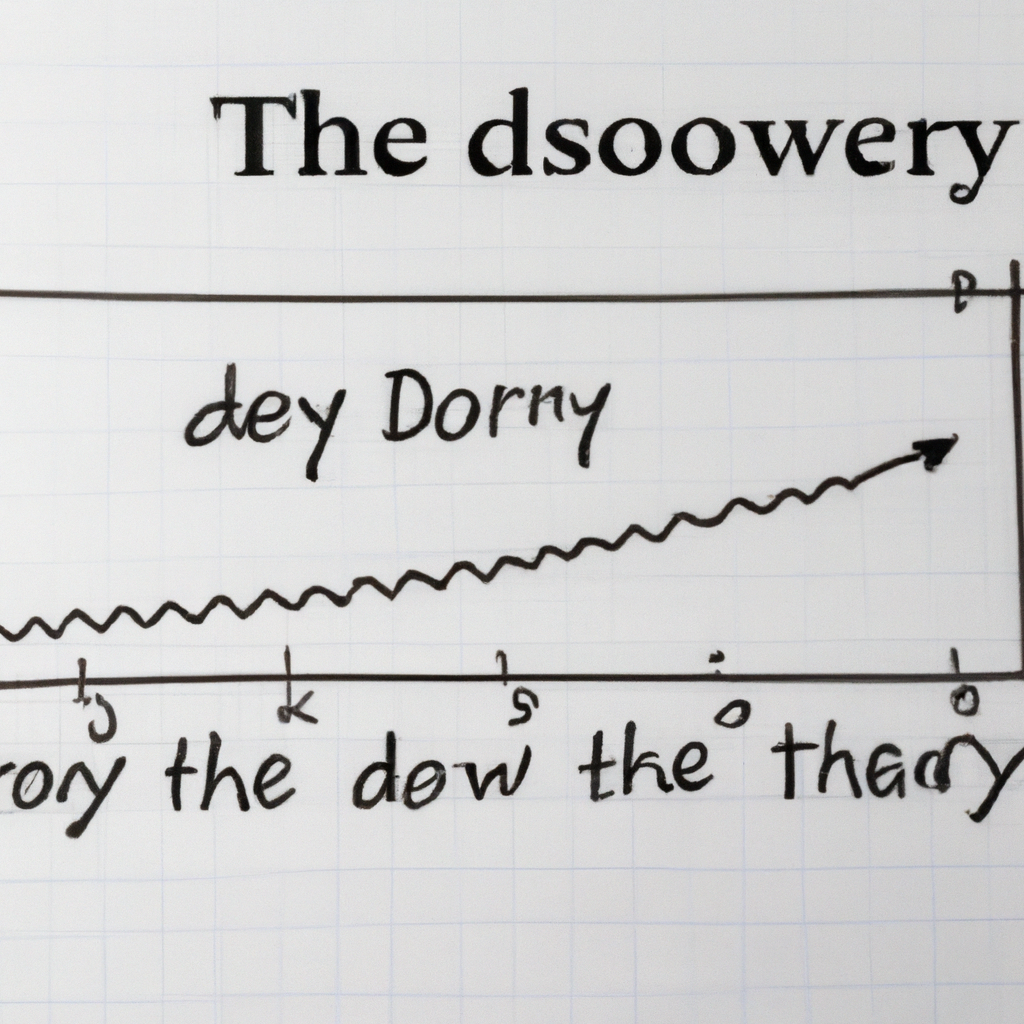Introduction to Dow Theory
Dow Theory is a fundamental concept in the field of technical analysis and market forecasting. Developed by Charles H. Dow, co-founder of the Dow Jones & Company and the Wall Street Journal, this theory presents a systematic approach for understanding market movements. Initially conceptualized in the late 19th century, Dow Theory analyzes trends in the stock market by examining the Dow Jones Industrial Average (DJIA) and the Dow Jones Transportation Average (DJTA). This theory is premised upon the belief that market price movements are not random but are influenced by a variety of economic, political, and psychological factors.
Core Principles of Dow Theory
The Market Has Three Movements
Dow identified that the market exhibits three types of movements: the primary trend, secondary reactions, and minor trends. The primary trend could either be bullish or bearish, representing the market’s general direction over time. Secondary reactions are temporary movements against the primary trend, while minor trends are short-term fluctuations.
The Market Discounts Everything
A foundational concept of Dow Theory is the idea that all known information is already reflected in market prices. This includes everything from current news events to market speculation and natural disasters, suggesting that studying price movements alone can provide insights into market trends.
The Three Phases of Market Trends
Dow Theory proposes that both bullish and bearish markets undergo three distinct phases: accumulation, public participation, and distribution. The accumulation phase is characterized by knowledgeable investors buying or selling against the general market sentiment. This is followed by the public participation phase, where the majority of traders enter the market, pushing prices significantly. The final phase, distribution, occurs when those who accumulated early begin to sell their holdings to the general mass, often leading to a reversal in market trends.
Applying Dow Theory in Market Forecasting
Identifying the Primary Trend
The first step in applying Dow Theory is to identify the market’s primary trend. This involves analyzing market indices over a significant period to distinguish between upward and downward movements. Recognizing whether the market is in a bull or bear phase is crucial for making informed investment decisions.
Observing Volume
Volume plays a critical role in confirming trends under Dow Theory. An upward trend in prices should be accompanied by an increase in volume, suggesting that the upward movement is supported by buying pressure. Conversely, during downtrends, increased volume can signal selling pressure. Analysts use volume as a secondary indicator to confirm the strength and direction of market trends.
Waiting for Confirmation
Dow Theory emphasizes the importance of confirmation between the Dow Jones Industrial Average and the Dow Jones Transportation Average. A trend is confirmed only when both averages move in the same direction, indicating a true market trend rather than a temporary fluctuation. This principle stems from the economies interlinked nature; for instance, goods must be transported (reflected in the DJTA) after being produced (reflected in the DJIA).
Limitations and Criticisms
Despite its widespread application, Dow Theory is not without its critics. Some argue that the theory’s reliance on historical data makes it less applicable in predicting future market movements. Furthermore, the advent of digital trading and global markets may have altered the way market trends behave compared to when the theory was initially formulated. Critics also point out that Dow Theory does not account for the timing of market movements, making it difficult to use for short-term trading.
Conclusion
Dow Theory remains a cornerstone of technical analysis and market forecasting, offering valuable insights into market trends and investor behavior. Its principles, centered around market movements, phases of trends, and volume confirmation, provide a framework for interpreting market dynamics. While it may have limitations in the modern financial landscape, Dow Theory continues to be a useful tool for investors seeking to understand the underlying forces that drive market trends.
